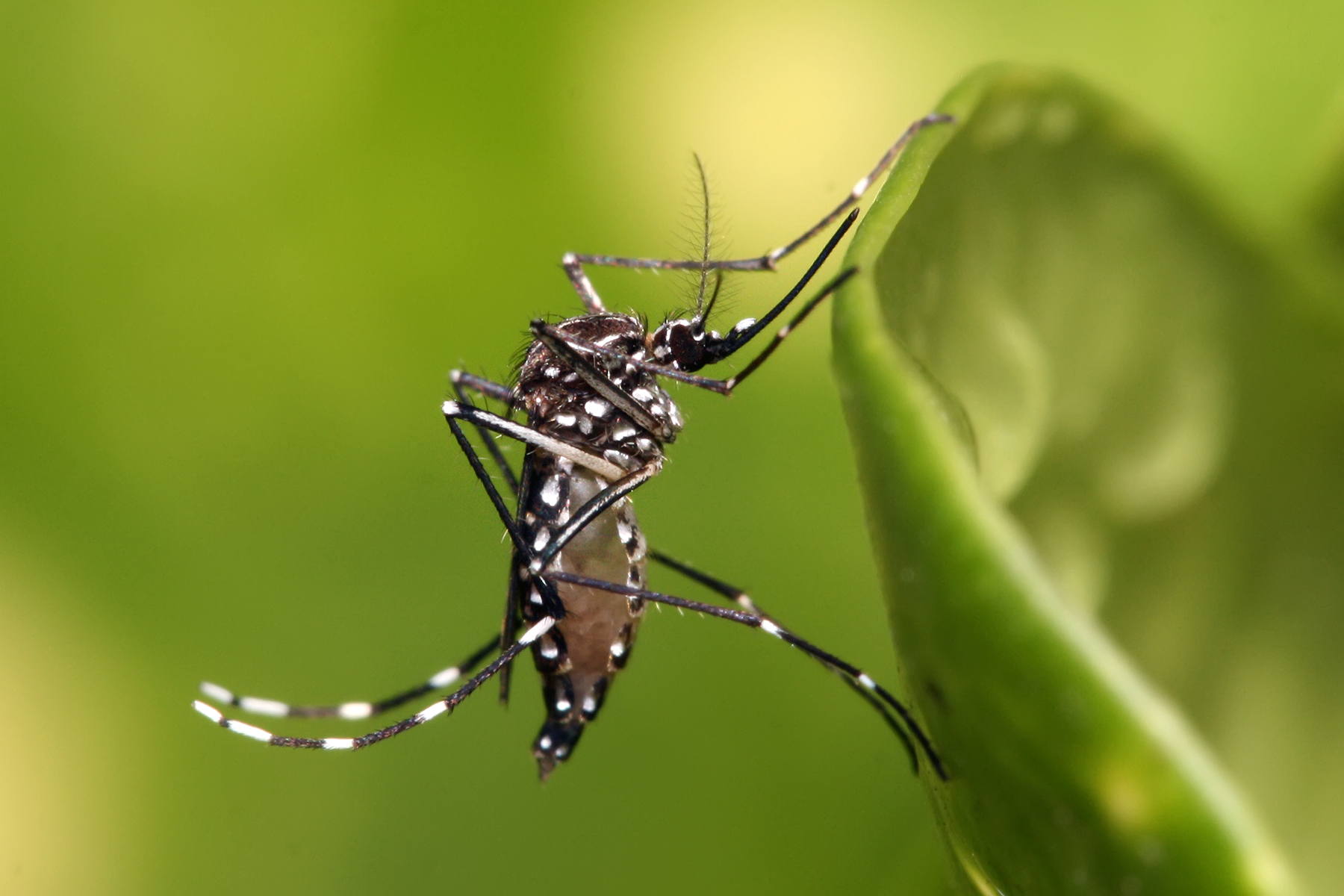
In a groundbreaking initiative, scientists in Argentina are employing nuclear energy to tackle the spread of disease-carrying mosquitoes. Utilizing the Sterile Insect Technique, a method that has proven effective in containing pest insects and disease vectors without harming the broader ecosystem, researchers are focusing on reducing the prevalence of Aedes aegypti mosquitoes – vectors for diseases such as Dengue, Zika, and Chikungunya. This innovative approach, which involves breeding and sterilizing mosquitoes through gamma irradiation, represents a crucial step in mitigating the impact of mosquito-borne diseases, particularly in regions where these illnesses pose a significant threat to public health.
The Sterile Insect Technique: Birth Control for Mosquitoes
At the forefront of Argentina’s mosquito control project is the Sterile Insect Technique, a method akin to birth control for insects. Scientists separate male and female mosquitoes based on size when breeding them in the laboratory. The males are then subjected to gamma irradiation at the Ezeiza Atomic Centre. This process renders them sterile, but with a carefully calibrated dose to ensure they remain competitive. The sterile males are subsequently released into targeted areas, where they compete with wild males to mate with females. However, the mating results in unviable offspring, leading to a gradual reduction in the mosquito population within the specified region.
Mariana Malter Terrada, from Argentina’s National Atomic Energy Commission, explains the methodology: “This irradiation makes them sterile, but they are given a specific dose so that they do not lose competitiveness. Then the mosquitoes are released in the area. They remain competitive mosquitoes that will mate with females, and the result of this mating will not produce offspring. In this way, the population in that area decreases.”
Addressing Mosquito-Borne Disease Challenges in Argentina:
Argentina has faced significant challenges posed by mosquito-borne diseases, with 68 deaths and over 130,000 confirmed cases reported in 2023, according to the country’s Ministry of Health. The Aedes aegypti mosquito control project was initiated during the Zika outbreak in 2016, which heightened concerns about the potential impact on pregnant women and the risk of birth defects.
The Sterile Insect Technique as a Safe and Targeted Solution:
Unlike traditional methods that involve the widespread spraying of pesticides, the Sterile Insect Technique offers a targeted and environmentally friendly solution. First introduced by American entomologist Edward F. Knipling in the 1950s, this technique has been employed globally to contain and prevent the spread of pest insects and disease vectors. Its specificity to the targeted vector ensures that it does not harm the broader ecosystem, eliminating the risks associated with pesticide exposure.
Preparing for Future Challenges:
As temperatures and humidity levels rise, creating favorable conditions for mosquito reproduction, scientists are intensifying their efforts to sterilize mosquitoes and mitigate the risks of disease transmission. With health officials in Argentina gearing up for the next major wave of Dengue expected between January and April 2024, the Sterile Insect Technique stands as a proactive and sustainable measure to address the complex challenges posed by mosquito-borne diseases in the face of climate change.
Argentina’s use of nuclear energy to combat disease-carrying mosquitoes represents a powerful intersection of science, public health, and environmental consciousness. The Sterile Insect Technique, with its roots in nuclear technology, offers a promising avenue for controlling vector populations without resorting to harmful pesticides. As the world grapples with the increasing threats posed by climate change and the spread of infectious diseases, innovative approaches like Argentina’s mosquito control project underscore the importance of leveraging technology for the greater good.







